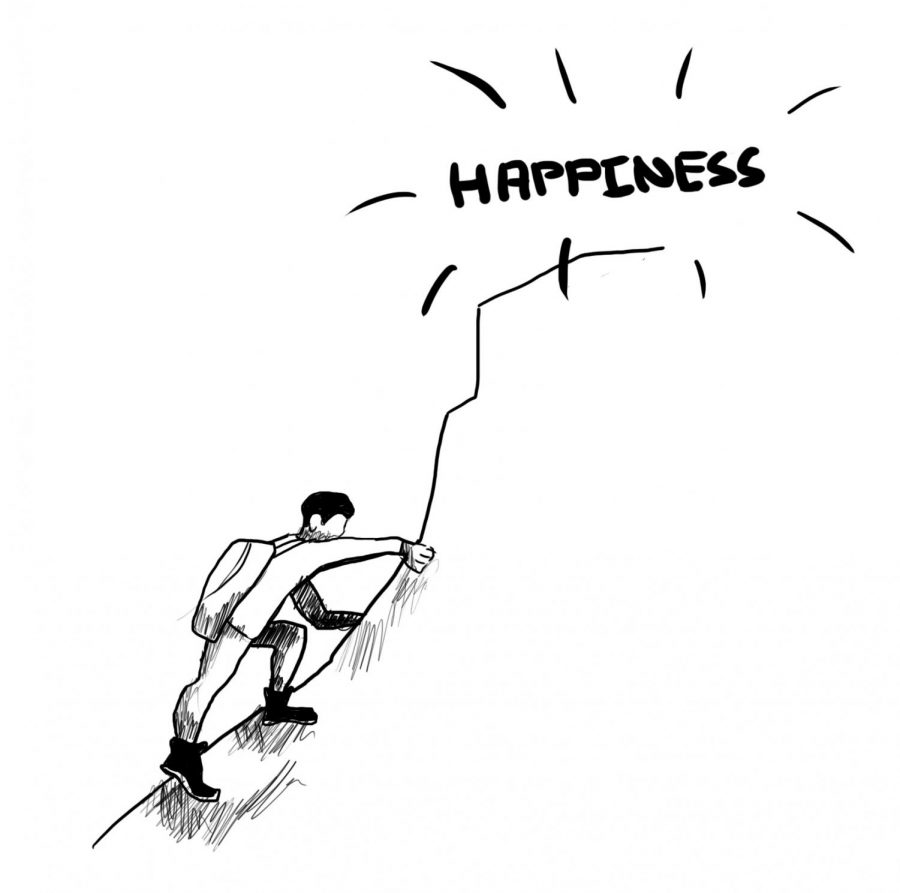Anybody who has seen “Austin Powers: International Man of Mystery” might remember the scene in which Dr. Evil outlines his sinister plan to release toxic pollutants into the atmosphere and create a hole in the ozone layer. After an awkward silence, an underling must tell him that this has already happened.
Even as a teenager, I recall thinking that this joke used fun to poke at something quite serious. Human alteration of the air’s chemical makeup, the stuff of science fiction a few decades ago, is an undeniable reality today––which makes it ever more surprising that our proposed responses to it are so hidebound.
Public transportation and international pledges to cut eight percent of CO2 emissions by 2101 are not sufficient to combat an environmental disaster that could have been dreamt up by a supervillain. Such cantrips are an insulting demand-side solution that benefit the fossil fuel industry, our own reality-grown Bond villains, more than anyone else, and they’re not what I’m here to talk about.
Likewise, despite my sci-fi context, this isn’t a column about geoengineering, which I maintain is at best a temporary solution. This is a column about a civilization that might look unrecognizable when we’re done extracting the darkness from it. This is a column about the Earth we will have saved.
The path from here to the future is not at all difficult to follow. We can start by recognizing unfettered economic growth as the root of the problem. An increasing population forces the human race to constantly increase output, lest the dividends be spread thin, but neither can we find any more Earth with which to keep producing. Unstoppable force, immovable object.
So, with our imaginations, let’s arrest the growth of the population. Also, since we’re having a good day, let’s pretend it happened not because of plague, starvation or tyranny, but rather natural demographic change. Death rates dropped, then birth rates dropped to match.
Since the population is now stable, the economy can remain stable as well. Things already are looking quite different. GDP and job growth are now measured as healthy when they fluctuate as little as possible. Any resources we take from the planet are taken no faster than they can be replenished, so in the raw areas of food, water and land, the force has managed for good to avoid hitting the object.
Sound too perfect? It is. We’ve neglected to allow for nonrenewable resources, which are headed for a limit no matter how wisely we use them––to be “sustainable,” the coal, oil and uranium must be left in the ground. Furthermore, people in this scenario are still burning fossil fuels. Even if their use plateaus, it won’t get us away from 450 ppm fast enough.
We have two options. The first is an all-out retreat to the pre-industrial era while we figure out a clean energy source. Modern man would be doomed within days, no matter how well we got used to the lack of luxury. Too many of our medicines aren’t viable without refrigeration. To cease every behavior that relies at all on fossil fuels would be more than a regression––it would put us somewhere entirely new with a stone cap on human potential.
The answer, in this case, is not to decommission technology, but to dismantle capitalism temporarily. Turn every world government into a command economy for as long as it takes to set up a reliable, universal, emission-free power grid. Combined with the steady state and a smooth transition back to a free market, this future looks ideal to me.
Sure, it would probably crash quite a bit of our accustomed system, but if you’ve been following the planet’s health at all, you’ll know that Earth isn’t going to get better without a few things crashing.




